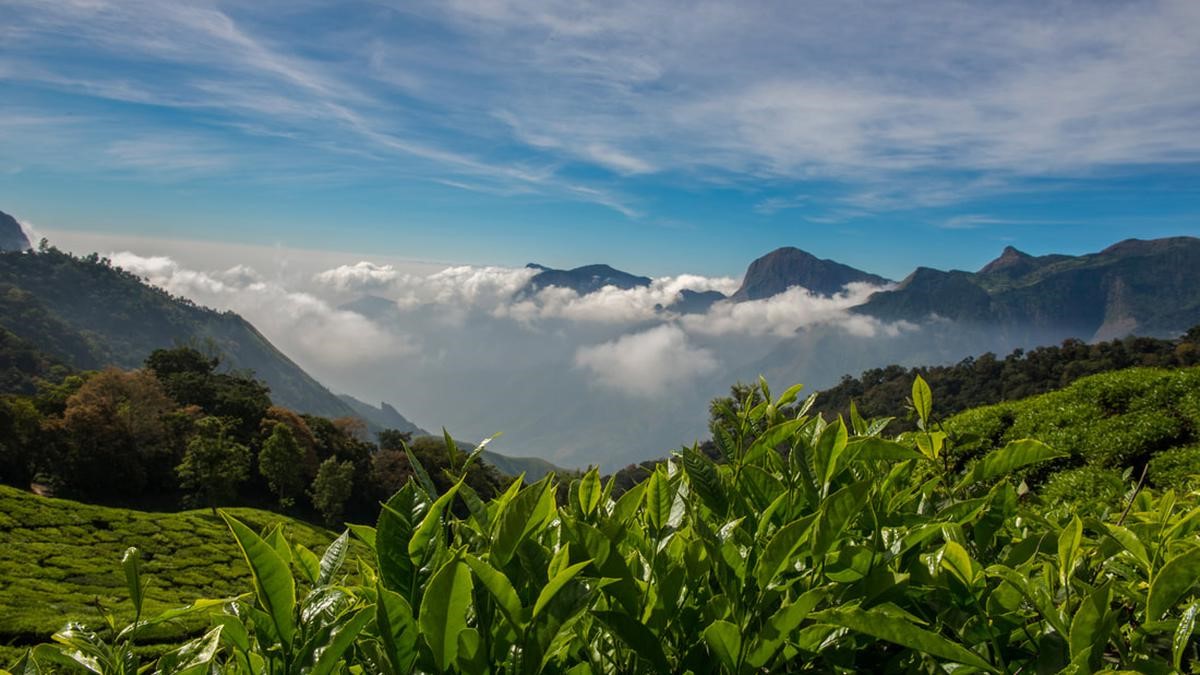Free Courses Sale ends Soon, Get It Now


Free Courses Sale ends Soon, Get It Now



Disclaimer: Copyright infringement not intended.
Context
Alexander von Humboldt:
Humboldt's Contribution:
Humboldt's Enigma:
Diversity in Indian Context:
Drivers of Biodiversity in Mountains:
Role of Geology:
Challenges and Unknowns:
Ongoing Efforts:
Conclusion:
|
PRACTICE QUESTION Q: Humboldt’s enigma, which explores the factors influencing biodiversity in mountainous regions, involves key concepts. Consider the following statements: 1.Humboldt's enigma challenges the assumption that biodiversity is highest in regions receiving maximum solar energy. 2.Geological processes play a significant role in Humboldt’s enigma, contributing to the formation of diverse habitats on mountains. 3.Coastal tropical sky islands, like the Shola Sky Islands in the Western Ghats, are exceptions to Humboldt’s enigma, showcasing biodiversity patterns contrary to expectations. Which of the statements above is/are correct? A. Statements 1 and 2 only B. Statements 2 and 3 only C. Statements 1 and 3 only D. All of the above Correct Answer: A. Statements 1 and 2 only Explanation:
Therefore, the correct answer is: A. Statements 1 and 2 only |
© 2024 iasgyan. All right reserved